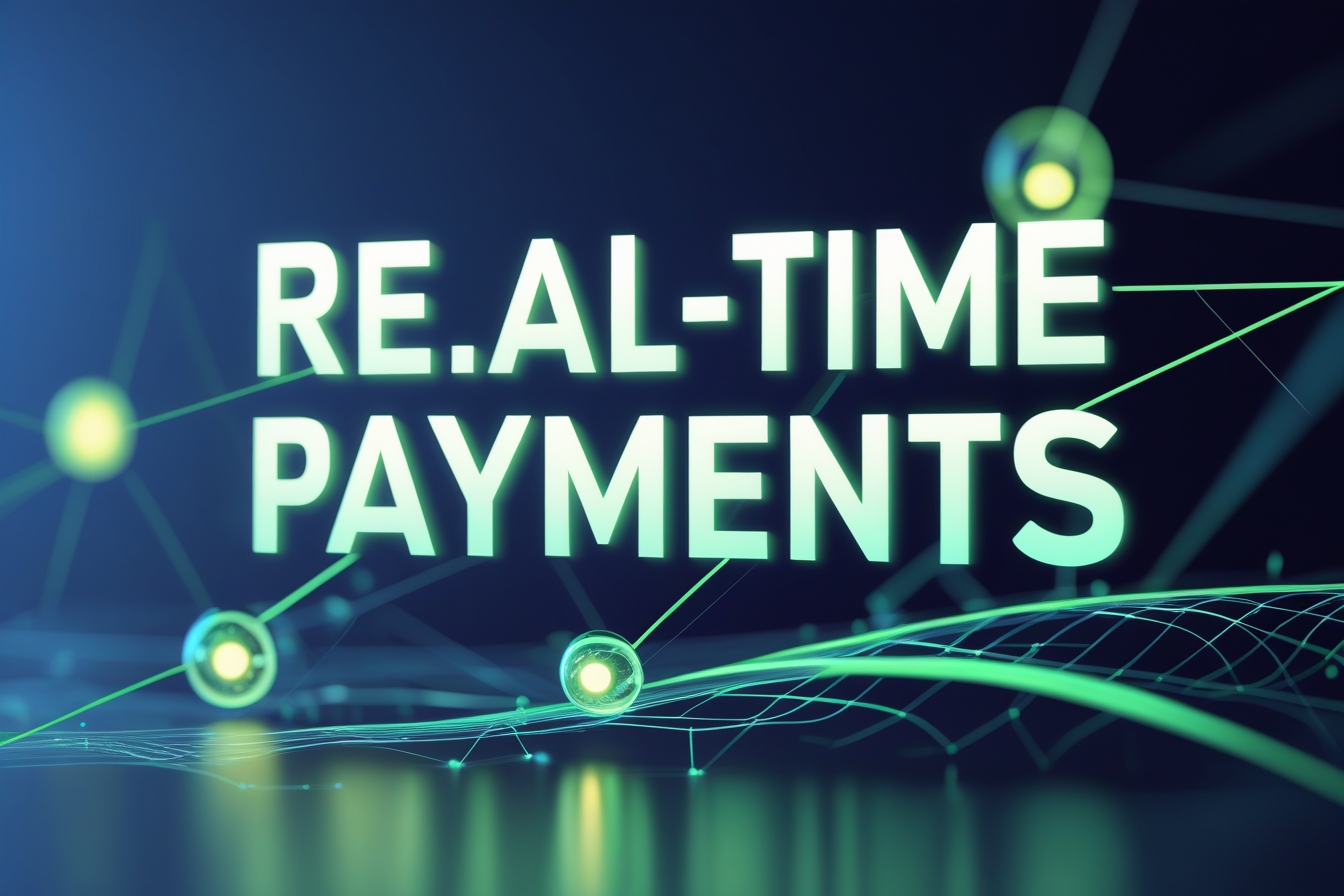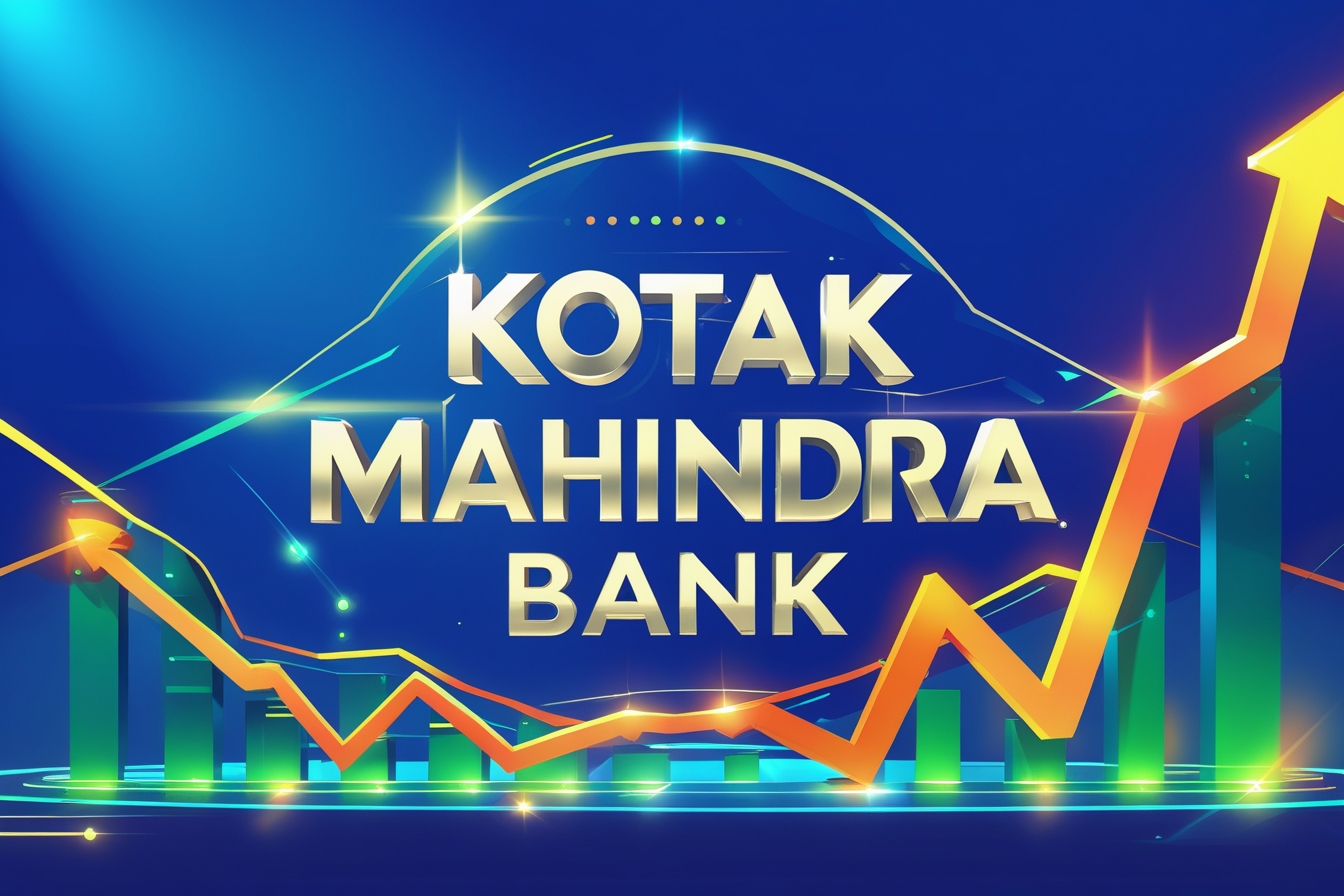The concept of real-time payments has reshaped financial ecosystems worldwide. Born from Bitcoin’s 2009 vision of peer-to-peer cash, the demand for immediacy in transactions has driven fintech innovations and blockchain experiments. While blockchain remains a niche player, fintech has mainstreamed real-time payments through systems like India’s UPI and Kenya’s M-Pesa. This blog explores the journey from batch processing to instant settlements, the role of fintech in democratizing access, and blockchain’s tentative steps into cross-border real-time payments.
Traditional Systems vs. The Rise of Real-Time Payments
Traditional payment systems relied on two models:
Real-Time Gross Settlement (RTGS): Immediate transfers requiring high liquidity.
Batch Net Settlement: Delayed, netted transactions.
Fintech’s Breakthrough:
The push for real-time payments emerged from glaring gaps:
Retail payments took days.
Businesses and households demanded immediacy.
Unbanked populations needed inclusive solutions.
India’s UPI became the poster child, processing real-time payments via mobile apps. By 2024, over 70 countries adopted similar systems, including Brazil’s Pix and Thailand’s PromptPay. These platforms masked batch settlement behind user-facing instantaneity, proving that real-time payments could coexist with legacy infrastructure.
Fintech’s Tools for Real-Time Payments
A. Unified Payments Interface (UPI): Speed as Standard
UPI’s architecture epitomizes real-time payments:
Mobile-linked bank accounts enable one-click transfers.
QR codes replace complex account details.
Banks provisionally credit recipients, trusting incoming settlements.
By 2023, UPI handled 10 billion monthly transactions—a testament to scalable real-time payments.
B. Square and Omnibus Accounts: Business-Centric Real-Time Solutions
Square (now Block) embedded real-time payments into business workflows:
Instant card processing via $10 readers.
Integrated software for inventory, payroll, and analytics.
“Omnibus accounts” pooled funds, enabling instant internal transfers—a pseudo-real-time payment layer for SMEs.
C. M-Pesa: Real-Time Financial Inclusion
Kenya’s M-Pesa leveraged mobile networks to deliver real-time payments to the unbanked:
Cash-to-e-money conversions at local kiosks.
Microloans approved via transaction histories.
By 2019, 83% of Kenyans accessed real-time payments, up from 27% in 2006.
Cross-Border Real-Time Payments: Blockchain’s Niche
Traditional cross-border transactions remain sluggish, but fintech and blockchain are making inroads:
A. Wise: Fintech’s Frictionless Model
Wise (formerly TransferWise) mimics real-time payments globally:
Multi-currency “Omnibus accounts” bypass correspondent banks.
Users swap currencies instantly at mid-market rates.
B. Blockchain’s Role: Ripple and JPM Coin
Blockchain finally touches real-time payments in cross-border contexts:
Ripple (XRP): Uses public blockchain and liquidity pools to settle transactions in seconds.
JPM Coin: A private, bank-controlled stablecoin for institutional real-time payments.
Why Blockchain Lags:
Liquidity dependencies (e.g., Ripple’s market makers).
Regulatory friction with public ledgers.
Limited retail adoption beyond B2B use cases.
Real-Time Payments: Fintech’s Legacy vs. Blockchain’s Potential
Fintech’s success with real-time payments stems from practicality:
Building on existing rails (banks, mobile networks).
Layering value-added services (loans, analytics).
Blockchain’s hurdles highlight why real-time payments require more than technology:
Smart Contracts: Could automate conditional payments but lack mass adoption.
CBDCs: Might merge RTGS efficiency with blockchain’s transparency for national real-time payments.
The Future: Real-Time Payments as Universal Standard
The next decade will focus on:
24/7 Infrastructure: Ending banking hours’ constraints on real-time payments.
Global Interoperability: Linking systems like UPI and SWIFT for seamless cross-border real-time payments.
AI and Fraud Prevention: Ensuring speed doesn’t compromise security.
Real-time payments are no longer a luxury—they’re a baseline expectation. Fintech’s pragmatic upgrades, from QR codes to microloans, have made immediacy accessible to billions. Blockchain, while innovative, must address liquidity and regulation to expand beyond cross-border niches. As infrastructure evolves, the true victory lies in universal access to real-time payments—where money moves as fast as life demands.






